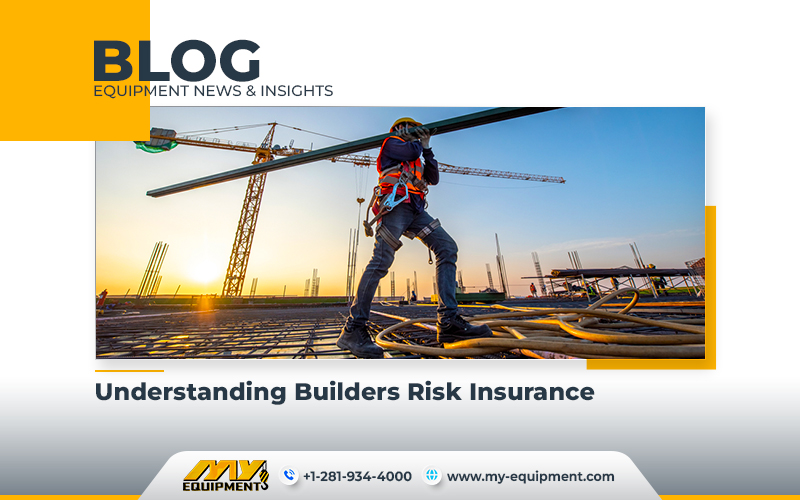Builders risk insurance, also known as course of construction insurance, is an important part of protecting buildings and structures during the construction phase. This type of insurance is needed a lot as homeowner and commercial property policies often exclude incidents occurring while the property is under construction. If you want to make informed decisions before purchasing a policy, it’s important that you try to understand the key aspects of builders risk insurance.
What is Builders Risk Insurance?
Builders risk insurance provides coverage for buildings and structures while they are being constructed or renovated. It safeguards against potential damage or losses that may occur during the construction project, filling the gaps left by standard property insurance policies.
Covered Property Types and Losses
Builders risk policies typically cover various property types, including buildings, structures, fencing, temporary structures, foundations, pipes, and more. The insurance also lists specific types of losses it covers, such as theft, vandalism, fire, and severe weather events. Moreover, policyholders have the option to extend coverage for additional property categories, causes of loss, and related expenses.
Who Pays for Builders Risk Insurance?
The responsibility for paying for builders risk insurance depends on the specifics outlined in the construction contract. Generally, there are two key parties involved.
Property Owner or Project Sponsor
The property owner or project sponsor often takes the initiative to purchase builders risk insurance. They seek protection for their property from potential harm during the construction phase.
Contractor or Developer
Contractors or developers may also purchase builders risk insurance to ensure their tools, used heavy equipment, time, supplies, and other interests are covered throughout the construction project.
Contracts and Industry Standards
The details of the construction contract help a lot in determining who purchases the builders risk insurance. Industry-standard contracts, such as those from the American Institute of Architects (AIA), should explicitly state who is responsible for buying the insurance and the conditions of the policy.
Local Government and Significant Projects
For significant construction projects contracted out by local governments and major developers (e.g., roads, schools), builders risk insurance is often required in addition to other policies like general liability, workers’ compensation, and commercial auto insurance.
Inclusion in Project Bids
When contractors or developers are aware that builders risk insurance is necessary, the cost of the insurance is typically included in the project bid. Regardless of the policyholder, the project owner bears the responsibility of paying the insurance premium.
Customizing Coverage
Most insurers work with customers to tailor the coverage to suit the specific needs of the project. Sharing the contract provisions with the insurance agent allows for clarifying important terms and identifying any additional covered parties or “named insureds.”
Covered Property at Construction Sites
Builders risk insurance covers a wide range of construction-related property, including structures, foundations, fixtures, underground piping, electrical and wiring, temporary buildings, building supplies, and construction signs. More coverage through policy extensions may be needed for specific items not covered by the standard policy.


 1400 Broadfield Blvd, Houston, TX 77084,
USA.
1400 Broadfield Blvd, Houston, TX 77084,
USA.